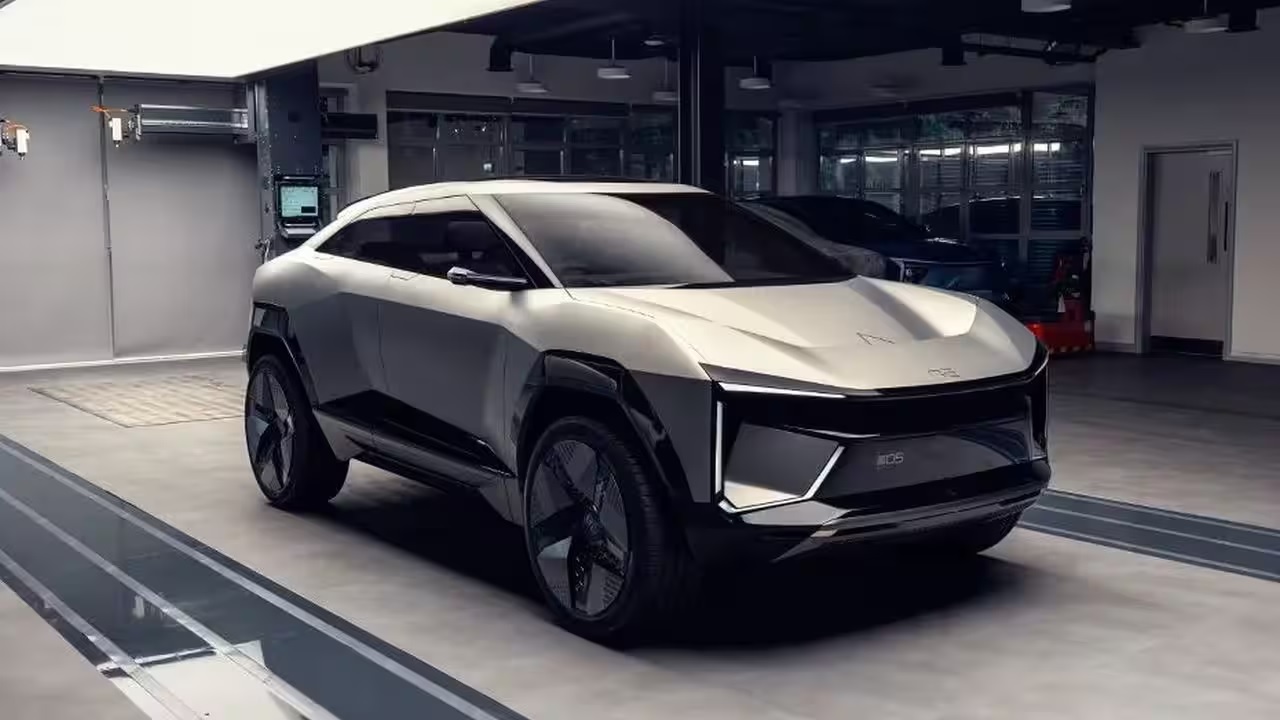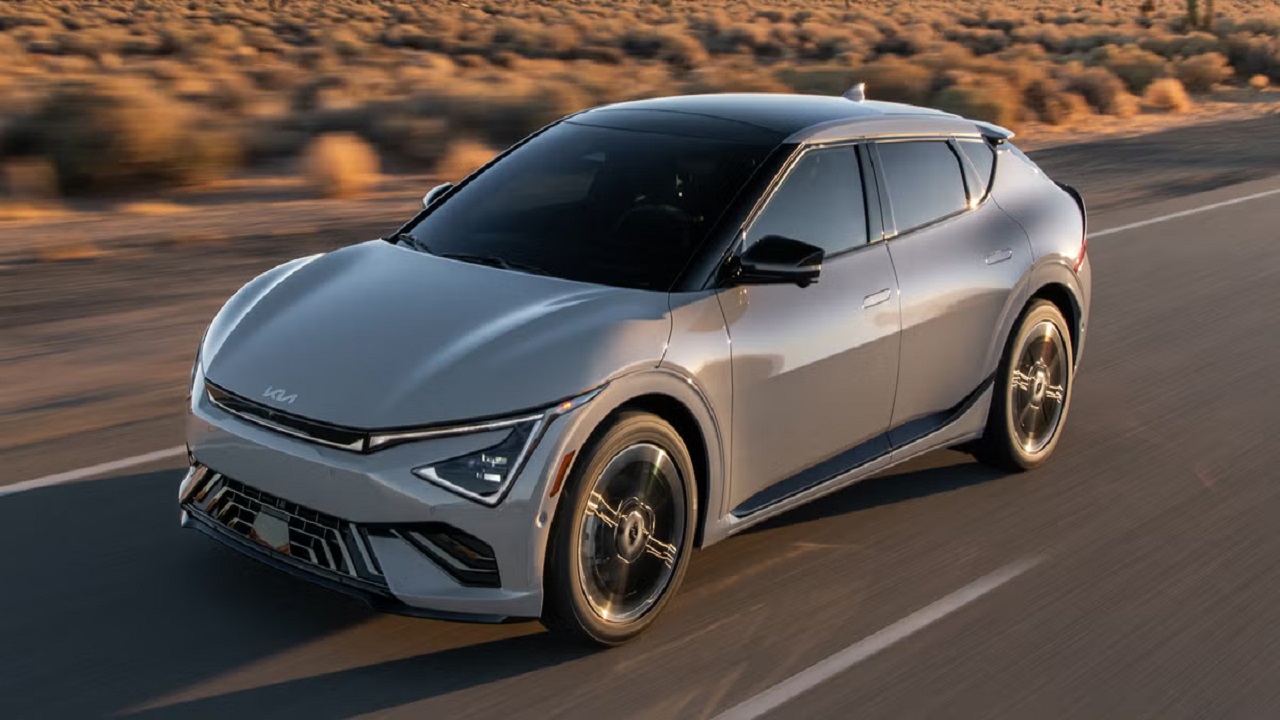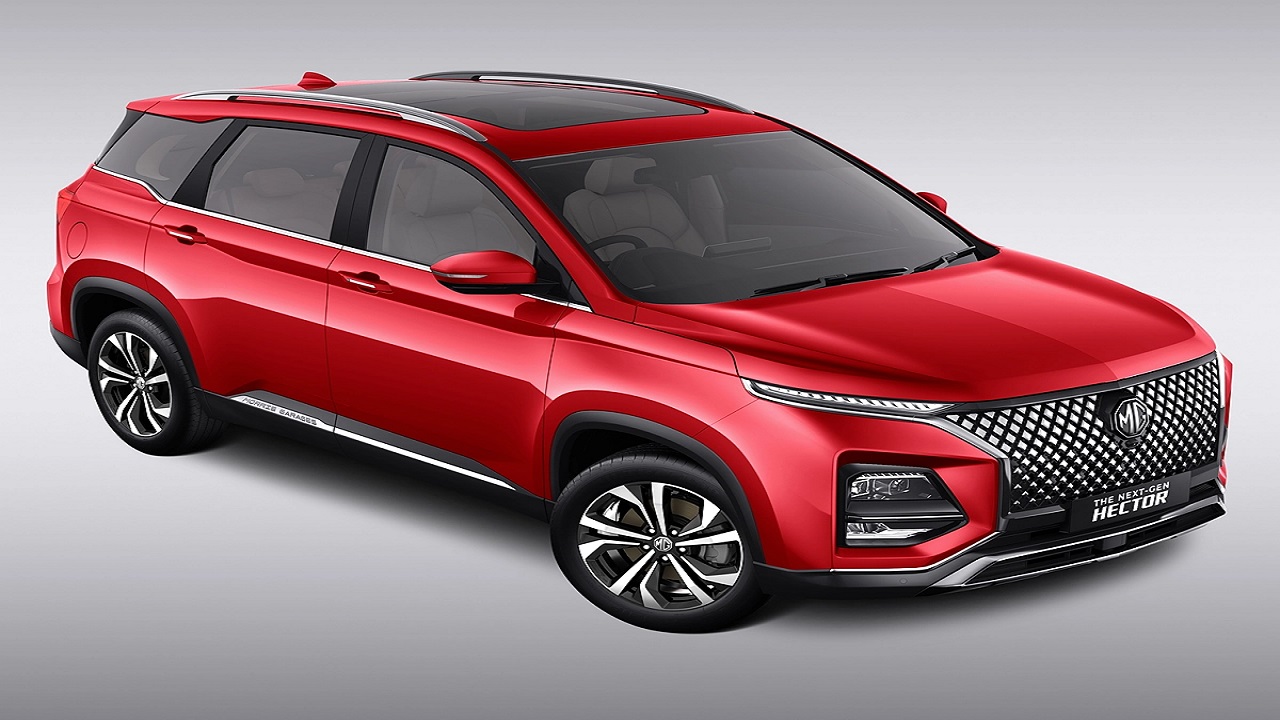India’s electric two wheeler market just hit another milestone in March 2025. The numbers are in, and while Ola Electric maintains its lead, there’s more going on beneath the surface than just a top spot. From unexpected sales drops to fresh momentum from emerging brands, this month tells a story of shifting power and evolving consumer trust.
Let’s break down what’s hot, what’s cooling off, and which brands are quietly charging forward in the EV game.
Ola Electric Retains the Throne but Growth Slows
Ola Electric, the dominant name in India’s electric two wheeler market, once again topped the sales chart in March 2025. However, this time, the win came with a caveat.
- March 2025 Sales: 33,722 units
- Market Share: Roughly 47 percent
- Month on Month Growth: Just 3.3 percent
While those numbers are still impressive, they mark the slowest growth for Ola in several months. After a streak of aggressive expansion, the pace has slightly decelerated. It could be seasonal, or it might be a sign that competitors are starting to catch up.
Still, Ola’s product lineup, especially the S1 Pro, continues to resonate with a wide range of urban riders who want performance, design, and connected features in one package.
TVS iQube Secures Second Spot with Strong Numbers
Coming in strong is TVS Motor Company with its iQube series. In March, TVS reported:
- Sales: 15,250 units
- Market Share: 21.2 percent
- Growth: 6.7 percent compared to February
The iQube has been steadily gaining popularity, thanks to its balance of practical design, good range, and the backing of a trusted brand. Unlike Ola, which leans toward tech forward design and features, TVS has kept the focus on simplicity and everyday usability, which is working well for commuters.
Bajaj Chetak: Conservative but Consistent
Bajaj Auto’s Chetak EV has found a sweet spot in the premium commuter segment.
- March Sales: 9,263 units
- Market Share: 13 percent
While Bajaj is still behind Ola and TVS in terms of volume, it has carved a niche with its retro modern design, metal bodywork, and brand reliability. Interestingly, Bajaj hasn’t gone all in with aggressive marketing or new models, yet it continues to post solid sales.
This signals strong brand loyalty and product satisfaction.
Ather Energy Slips to Fourth: What’s Going On?
This might come as a surprise to many, but Ather Energy, once hailed as the tech first disruptor in the EV space, has slipped in rankings.
- Sales in March: 7,042 units
- Market Share: 9.8 percent
- Month on Month Decline: Over 20 percent
Ather’s fall could be due to several factors, including intense price competition, an evolving consumer preference toward more affordable or range focused scooters, and limited model options.
Despite this, Ather is still a fan favorite among performance enthusiasts and tech lovers. Their new Ather 450 Apex has sparked interest, and the upcoming launch of their family scooter model could help them bounce back soon.
Other Brands to Watch: Greaves, Ampere, and Okaya
The EV market isn’t just a three horse race. A few lesser known names are starting to find their footing and make their presence known.
Greaves Electric (Ampere)
- March Sales: 4,122 units
- Noteworthy For: Budget friendly EVs and aggressive dealership expansion
- Challenges: Lower brand recognition in premium cities
Ampere scooters appeal to first time EV buyers and tier 2 or tier 3 markets. If they can improve build quality and after sales experience, there’s plenty of room to grow.
Okaya EV
- Sales: 1,832 units
- USP: Affordable pricing, swappable battery tech
- Focus Area: Last mile delivery and B2B sectors
Though still a small player, Okaya’s unique business models and focus on B2B partnerships could help them scale faster than expected.
The Bigger Picture: India’s EV Market Keeps Growing
Total electric two wheeler sales in March 2025 hit over 71,000 units, a clear sign that EV adoption is gaining traction. Consumers are becoming more confident, thanks to:
- Improved charging infrastructure
- Better battery technology
- Competitive pricing across brands
- Government incentives and subsidies
Even with the occasional dip or slowdown in specific brand numbers, the long term curve continues to point upward.
Key Sales Highlights for March 2025
The electric two wheeler market is on fire, and March 2025’s numbers prove it. Here’s a quick look at the top performers:
- Bajaj Auto: 21,974 units, led by the Chetak Electric.
- TVS Motor: 20,938 units, with the iQube driving growth.
- Ola Electric: 18,609 units, powered by the S1 series.
Other brands like Ather Energy and Hero MotoCorp also made waves, though exact figures for March are less clear. Ather’s Rizta and 450X, and Hero’s Vida V2, have been climbing sales charts, hinting at a fiercely competitive market. The overall EV segment saw a 26 percent year on year sales jump, with 1.49 million units sold from April to December 2024.
Why Electric Two Wheelers Are Booming
India’s EV revolution is no fluke—it’s fueled by smart policies, tech advancements, and changing rider preferences. Government incentives like the FAME II scheme and state level subsidies keep prices low. For example, the Chetak Electric qualifies for up to Rs. 22,000 in subsidies in some states. Charging infrastructure is also growing, with companies like Ola and Ather setting up fast charging stations across cities.
Riders are drawn to EVs for their low running costs—about Rs. 0.25 per km compared to Rs. 2 3 for petrol scooters. Plus, models like the iQube and S1 Pro offer performance that rivals petrol bikes, with zero emissions. It’s no wonder urban riders, especially millennials, are ditching fuel pumps for plug ins.
Standout Models to Watch
Each top brand brings something unique to the table. Here’s a closer look at their hero scooters:
- Bajaj Chetak: 123 km range, premium build, ideal for city families.
- TVS iQube ST: 150 km range, tech loaded, great for longer commutes.
- Ola S1 Pro: 195 km range, 120 kmph top speed, perfect for thrill seekers.
These scooters aren’t just about getting from A to B—they’re about style, savings, and sustainability. I’m particularly excited about the iQube ST’s range; it’s a game changer for anyone worried about running out of juice.
Challenges and Competition
While the EV market is thriving, it’s not all smooth riding. Supply chain issues and battery costs can bump up prices, and some buyers still worry about range anxiety. Ola Electric, for instance, faced criticism on X for service delays, though its sales remain strong. Meanwhile, legacy brands like Hero and Honda are ramping up, with Honda’s Activa e: set to launch in January 2025, potentially shaking up the rankings.
The Delhi government’s plan to ban new petrol two wheeler registrations by August 2026 could supercharge EV adoption, but it’s also putting pressure on brands to scale up fast. Bajaj and TVS, with their robust manufacturing, are well positioned, but Ola’s tech first approach keeps it in the race.
What This Means for Buyers
If you’re planning to switch to an electric scooter, there’s never been a better time. The competition is fierce, and that means better products, smarter features, and more options.
Here’s what you should look for before buying:
- Range: 100+ km real world range is ideal
- Charging Time: Fast charging options can make a big difference
- Build Quality: Avoid ultra cheap options that compromise safety
- Service Network: Established brands have the advantage here
- Resale and Warranty: Choose models with strong brand backing
Final Thoughts
The March 2025 EV sales numbers reveal more than just winners and losers. They show a market in transition, where legacy brands like TVS and Bajaj are learning to adapt, new players like Ola continue to push boundaries, and startups like Ather face new challenges. The Indian EV landscape is getting more exciting every month, and it’s pushing every brand to innovate and improve.
If this momentum continues, April could bring even more surprises. Keep an eye out because this race is far from over.
At AutoTechXpert.in, we're passionate about all things automotive—from the latest car launches and cutting-edge EV tech to in-depth reviews and performance insights. Our editorial team is made up of seasoned auto journalists, tech enthusiasts, and driving purists who live and breathe the road. With years of industry experience, we break down complex car jargon into real, relatable advice to help you make smarter automotive decisions.






